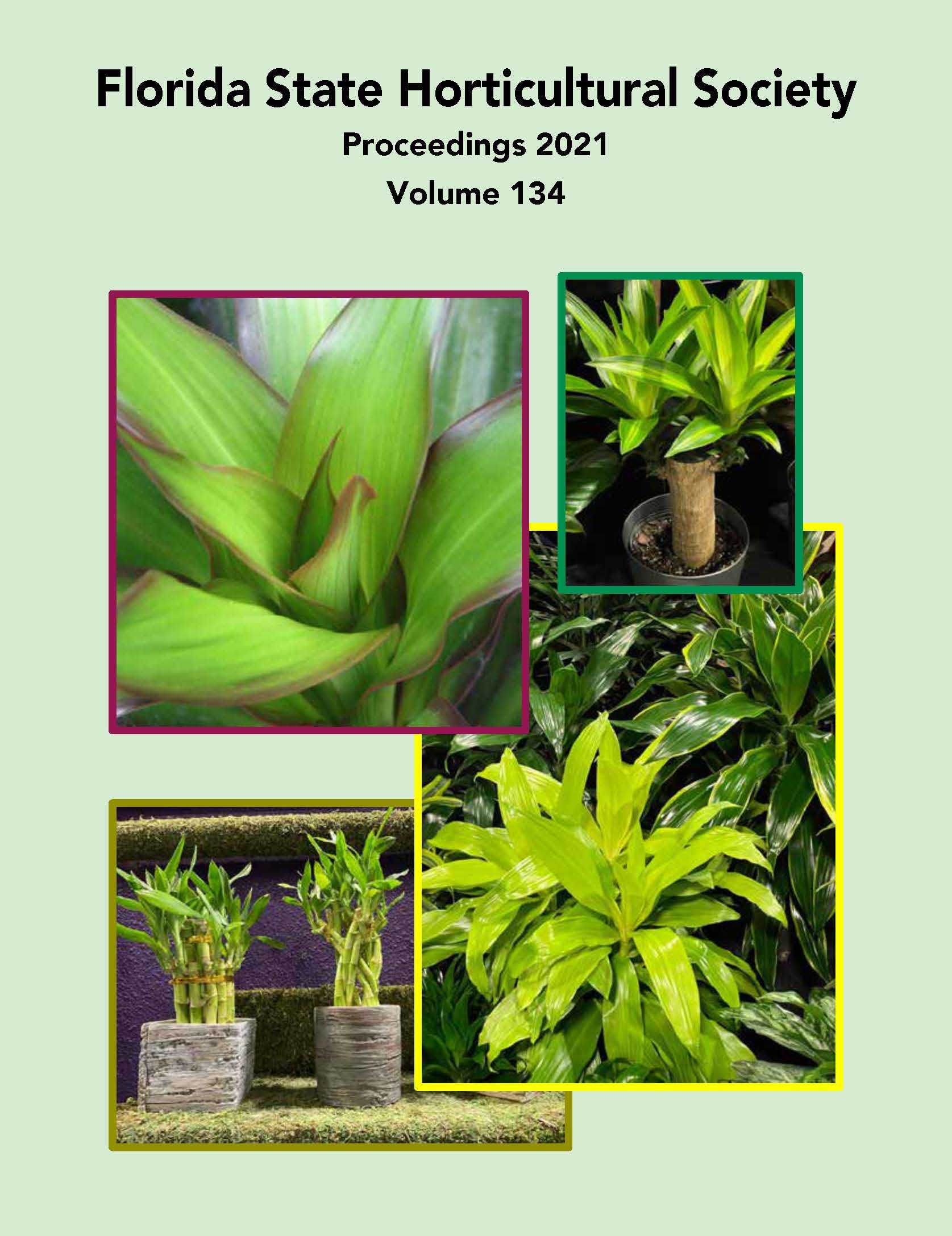Abstract
Tomato chlorotic spot virus (TCSV) is a major fatal diseases affecting tomato yield and quality in south Florida. This is especially true for cultivars like ‘Sanibel’ and ‘Florida 47’ that lack the gene Sw-5, which confers resistance to TCSV. Knowing a field’s geolocation (exact positioning) including the surrounding environment could play an important role in understanding disease incidence and severity. This paper describes the distribution of TCSV in a tomato field and its severity in relation to the other crops in the surrounding area based on ground surveys and spatial mapping conducted using a small unmanned aerial vehicle (sUAV). The tomato cultivars were ‘Sanibel’ (susceptible) and ‘Red Bounty’ (resistant) to TCSV. The tomato field was adjacent to a 20 acre 25+ year-old Bismark palm field nursery with a severe weed infestation. The results showed a clear patten of disease distribution and severity which was influenced by the grove. It is unknown whether the Bismark palm is a host of TCSV, but the weeds could be. Wind may help spread the disease by carrying thrips, the TCSV vector. Understanding whether surrounding crops that may be reservoirs of viruliferous thrips may help growers select field locations, which are relatively thrips-free. Information on TCSV resistant cultivars may help growers reduce disease pressure by planting TCSV nonhost crops or resistant cultivars.

